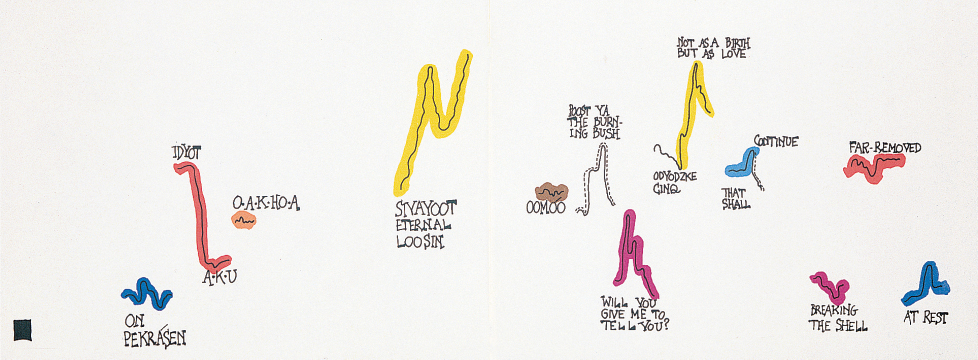John Cage, 4′ 33″ (1952)
Often, indeed, the actual sounds Cage produced were less crucial than the “statement” he was making about sound by means of his music. This is the case with 4′ 33″, perhaps his most celebrated work (or statement). Any number of players can perform it. They sit silently on the stage for 4 minutes and 33 seconds.
“When you get right down to it, a composer is simply someone who tells other people what to do. I find this an unattractive way of getting things done.”
John Cage
Is this just an exasperating hoax? What Cage is saying is that silence is an entity, too, as well as sound. When did you last really concentrate on silence? (Try it.) In fact, 4′ 33″ consists not of silence but of little bits of random audience noise, sounds from outside the hall, perhaps the thump of the irate listener’s heartbeat. And how does the experience of concentrating on near silence for exactly 4 minutes and 33 seconds compare with concentrating for exactly three minutes, or exactly five?
We seldom really analyze our experience freshly. Life is unpredictable and full of surprises; music should be, too. This is the philosophy represented by Cage and his music. It had a major impact on avant-
